Assessment Learning

How do virtual classrooms compare to traditional classrooms in terms of learning effectiveness ?
The text presents a comparative analysis of virtual classrooms and traditional classrooms in terms of learning effectiveness. The comparison is structured around several aspects: 1. **Learning Environment**: Traditional classrooms offer physical interaction but limited resources, while virtual classrooms provide flexibility and access to diverse resources. 2. **Teaching Methods**: Direct instruction and group work are emphasized in traditional settings, whereas interactive tools and personalized learning are characteristic of virtual environments. 3. **Student Participation**: Active participation and social dynamics are key in traditional classrooms, while virtual settings allow for asynchronous participation and cater to introverted students. 4. **Assessment and Feedback**: Immediate feedback and formative assessment are strengths of traditional classrooms, while automated feedback and summative assessment are advantages of virtual classrooms. 5. **Conclusion**: The choice between traditional and virtual classrooms depends on various factors, and an ideal approach could be a blended method that combines the best elements of both.

How often should I perform a self-assessment to track my progress ?
Self-assessment is essential for monitoring progress in various aspects of life. The frequency of self-assessment depends on individual goals and the specific area of focus. For short-term goals, weekly or bi-weekly assessments are beneficial, while medium-term goals require monthly evaluations. Long-term objectives need less frequent but more comprehensive quarterly or semi-annual reviews. Key elements of effective self-assessment include clarity on goals, measurable criteria, reflection, adjustment, and accountability.
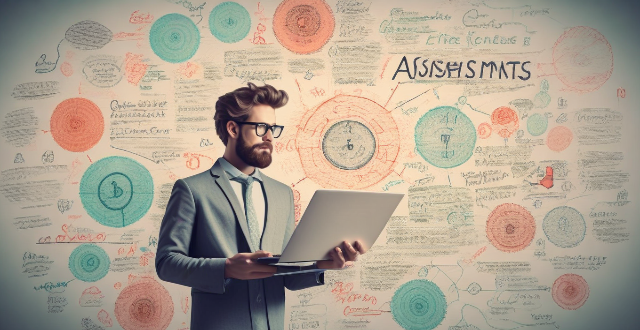
How do I use self-assessment techniques to identify my strengths and weaknesses ?
Self-assessment techniques help identify strengths and weaknesses for personal and professional growth. These include reflecting on past experiences, seeking feedback, taking online assessments, journaling, analyzing achievements and challenges, setting goals, and practicing mindfulness.

What are some effective methods for conducting a self-assessment ?
This text discusses the importance of self-assessment for personal and professional growth, emphasizing that it helps individuals identify strengths, weaknesses, and areas for improvement. It presents three effective methods for conducting a self-assessment: 1. **SWOT Analysis**: This involves identifying one's strengths, weaknesses, opportunities, and threats. The process includes making a list of skills and qualities, identifying areas of struggle or lack of confidence, looking for growth opportunities, and recognizing external factors that may hinder progress. 2. **Reflective Journaling**: This method involves writing down thoughts, feelings, and experiences on a regular basis. It starts with choosing a journaling method, setting a schedule, and reflecting on experiences by asking questions about learning, handling challenges, and areas for improvement. 3. **Goal Setting**: This is an essential part of self-assessment that helps in identifying achievement targets and creating a plan to reach them. The steps include defining specific, measurable, achievable, relevant, and time-bound (SMART) goals, creating an action plan, and regularly tracking progress towards these goals.

How can self-assessment help me set realistic goals for myself ?
The article discusses the importance of self-assessment in goal setting. By identifying one's strengths and weaknesses, evaluating progress, and setting realistic goals, individuals can increase their chances of success and avoid feeling overwhelmed or discouraged. The article provides tips for each step of the self-assessment process, including breaking larger goals into smaller steps, prioritizing based on importance and urgency, being specific about what is wanted to achieve and why, considering potential obstacles, and developing strategies to overcome them. Ultimately, self-assessment helps individuals gain a better understanding of their capabilities and what steps need to be taken to achieve their goals.

What is climate risk assessment ?
Climate risk assessment is a systematic process that identifies, evaluates, and prioritizes the potential impacts of climate change on a specific region or sector. It involves analyzing the likelihood and severity of various climate-related risks, such as extreme weather events, sea level rise, and changes in temperature and precipitation patterns. The goal of climate risk assessment is to inform decision-makers about the risks associated with climate change and help them develop strategies to manage and adapt to these risks. Key components of climate risk assessment include identifying potential risks, evaluating their potential impacts, prioritizing them based on severity and likelihood of occurrence, and developing adaptation strategies to reduce potential impacts. By implementing these strategies, decision-makers can help ensure that their communities are better prepared for the challenges posed by climate change.

What role does self-awareness play in self-assessment techniques ?
Self-awareness is a crucial component of self-assessment techniques, helping individuals identify strengths and weaknesses, set realistic goals, enhance emotional intelligence, improve self-confidence, and foster personal growth.

Can you suggest any tools or resources for conducting a self-assessment ?
Self-assessment is crucial for personal growth and professional development. Online tools like StrengthsFinder, MBTI, and DISC Assessment can help identify strengths, weaknesses, and areas for improvement. Books such as "StrengthsFinder 2.0" and "How to Win Friends & Influence People," along with articles from Harvard Business Review, offer valuable insights. Workshops like StrengthsExplorer and courses on personality types at Personality Hacker Academy or Skillshare can further enhance self-understanding.
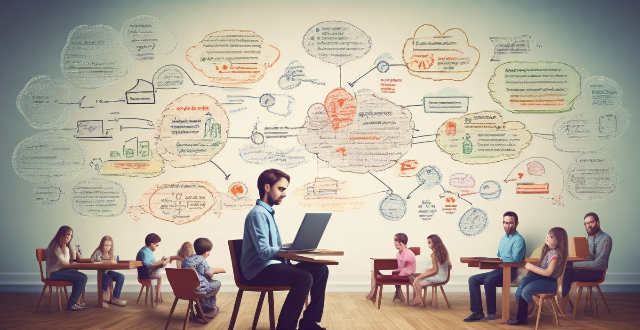
What are some benefits of using online learning resources compared to traditional classroom learning ?
Online learning resources offer advantages over traditional classroom learning, including flexibility and convenience, cost savings, personalized learning experiences, exposure to diverse cultures, and development of technology skills.
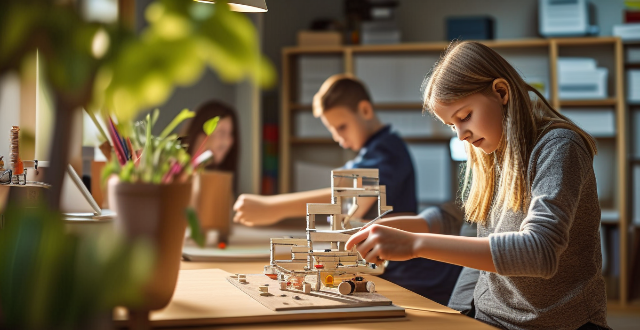
How do technology-based learning tools contribute to innovative teaching practices ?
This article discusses the role of technology-based learning tools in innovative teaching practices. It highlights how these tools can enhance student engagement, facilitate collaboration and communication, provide access to global resources, and enhance assessment and feedback mechanisms. The article also emphasizes the importance of personalized learning experiences and gamification techniques in making education more engaging and enjoyable for students. Overall, the article suggests that technology-based learning tools have the potential to revolutionize education by making it more interactive, accessible, and effective.
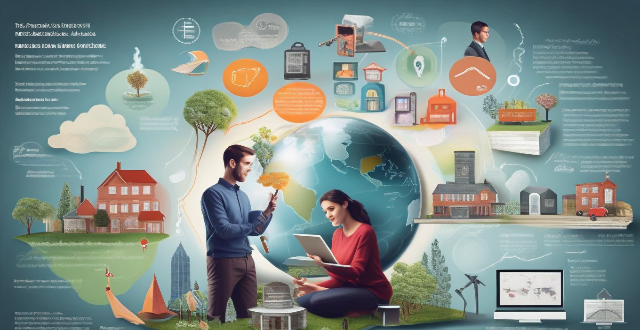
How does technology facilitate lifelong learning ?
Technology has revolutionized education, making it more accessible, interactive, and personalized. It facilitates lifelong learning through online resources, digital libraries, simulation software, gamification, adaptive platforms, mobile learning, social media groups, online workshops, instant feedback, cost efficiency, and globalization of education. Technology offers a wealth of benefits for learners of all ages and backgrounds.

How can educational games be designed to effectively enhance learning ?
Designing educational games that effectively enhance learning involves a combination of educational theory, game design principles, and an understanding of the target audience. To create engaging and effective educational games, it is crucial to identify learning objectives, understand the target audience, incorporate educational theory, use engaging game mechanics, incorporate multimedia elements, provide opportunities for practice and repetition, include assessment and feedback mechanisms, foster collaboration and social interaction, and iterate and refine the game. By following these guidelines, you can design educational games that effectively enhance learning by engaging players, providing meaningful experiences, and fostering long-term retention of knowledge and skills.

Can you discuss the impact of personalized learning on innovative teaching methods ?
Personalized learning, an educational approach that tailors instruction to individual students' needs and preferences, has significantly influenced innovative teaching methods. This approach emphasizes a student-centered learning environment, flexible use of technology and space, and data-driven decision making. As a result, teaching methods have evolved to include differentiated instruction, mastery-based assessments, self-directed learning opportunities, and the integration of technology. These changes aim to create a more engaging, effective, and personalized educational experience for each student, fostering deeper understanding and higher retention rates.
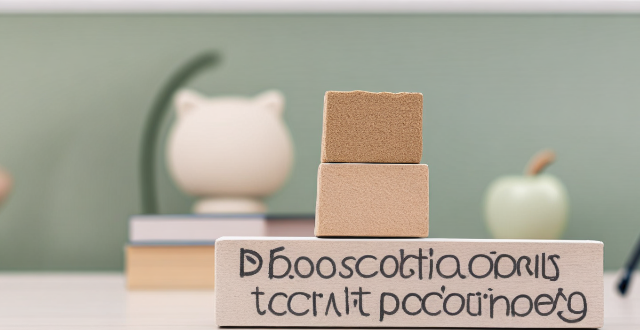
How does educational psychology impact student learning ?
Educational psychology plays a crucial role in understanding and enhancing student learning. It helps educators understand cognitive development, enhance motivation and engagement, promote social-emotional learning, address diverse learning needs, and evaluate teaching strategies and interventions. By incorporating insights from educational psychology into their practice, teachers can create a more effective and supportive learning environment for all students.
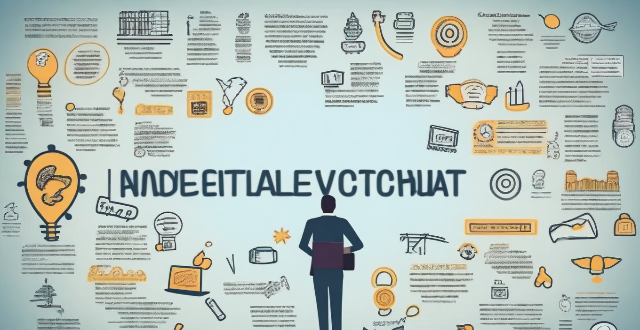
What role do technology and digital learning play in these new education policies ?
The text discusses the integration of technology and digital learning in new education policies, highlighting their benefits such as personalized learning, accessibility, interactivity, collaboration, and real-time feedback. It also outlines key areas of integration, including curriculum development, teacher training, student assessment, administrative functions, and infrastructure development. However, challenges such as equity, privacy and security, teacher readiness, and quality control need to be addressed to fully realize the potential of technology in education.

How can educational psychology be used to foster creativity and innovation in students ?
Educational psychology can be used to foster creativity and innovation in students by understanding their cognitive, emotional, and social needs. This involves encouraging curiosity, providing challenges, creating a safe environment, promoting resilience, collaboration, and valuing diversity. Teaching strategies such as inquiry-based learning and differentiated instruction can also enhance these qualities. Alternative assessments like portfolio assessment and performance tasks, along with formative assessment through feedback mechanisms and self-assessment, can further support creativity and innovation in students.

How can AI be used to enhance personalized learning experiences ?
Artificial Intelligence (AI) has the potential to revolutionize personalized learning experiences by providing tailored educational content and support to individual learners. In this response, we will explore how AI can be used to enhance personalized learning experiences. Adaptive Learning Systems - Real-time feedback: Provide immediate feedback on student performance, allowing for timely interventions and adjustments. - Customized content: Deliver personalized learning materials based on individual needs and abilities. - Progress tracking: Monitor student progress over time, identifying areas of strength and weakness. - Recommendations: Offer suggestions for further study or additional resources based on student performance. Intelligent Tutoring Systems - Personalized instruction: Tailor instruction to each student's individual needs and abilities. - Interactive communication: Engage students through conversational interactions, encouraging active participation in the learning process. - Adaptive feedback: Provide personalized feedback based on student responses, helping them understand concepts more deeply. - Dynamic assessment: Continuously assess student understanding, adjusting the difficulty level of questions and tasks as needed. Data Analytics and Predictive Modeling - Trend analysis: Identify patterns in student performance data, revealing areas where additional support may be needed. - Predictive modeling: Use historical data to forecast future outcomes, enabling proactive intervention strategies. - Resource allocation: Determine which resources are most effective for specific students or groups, ensuring optimal use of educational tools and materials. - Personalized recommendations: Suggest customized learning paths or supplemental resources based on individual student needs.

Can data analytics be used to personalize learning experiences for individual students ?
Data analytics is a powerful tool that can be used to personalize learning experiences for individual students by collecting data related to student performance, preferences and behaviors. This allows educators to tailor instruction to meet the unique needs of each learner. Data analytics can improve student outcomes, provide tailored instructional approaches, and use resources more efficiently. It can also identify student needs, design personalized learning plans and enhance teaching practices. By leveraging the power of data analytics, educators can better understand their students' needs, design effective learning plans, and enhance their teaching practices to promote improved outcomes for all learners.
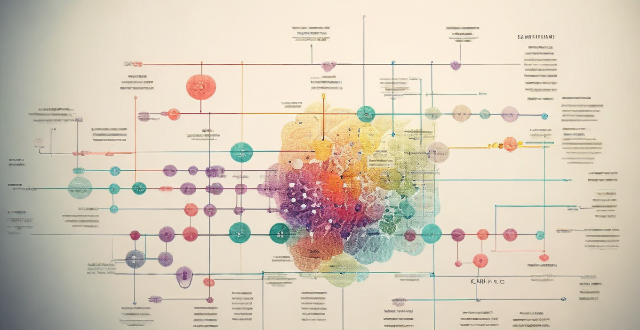
What are some effective strategies for lifelong learning ?
Lifelong learning is crucial for personal growth and adaptability. Effective strategies include setting clear goals, creating a learning plan, leveraging technology, practicing active learning, seeking mentorship, and embracing failure for continuous improvement.
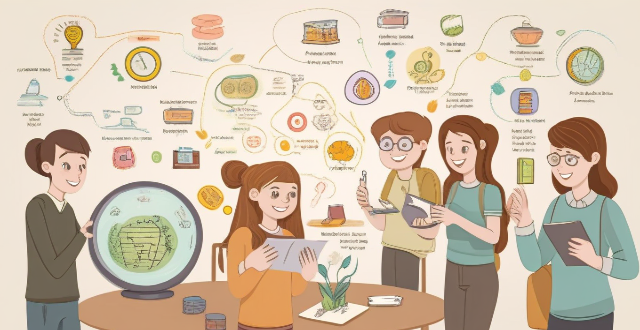
How can educational psychology contribute to effective teaching strategies ?
The article discusses how educational psychology can contribute to effective teaching strategies. It emphasizes the importance of understanding student diversity, promoting active learning, building positive relationships, and assessing and addressing learning difficulties. By applying these principles, teachers can create a supportive and engaging learning environment that fosters student growth and success.
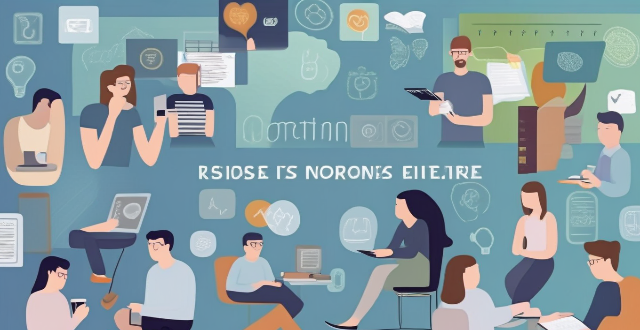
Can you recommend any good online learning resources for language learning ?
Here are some good online learning resources for language learning: Duolingo, Rosetta Stone, Memrise, Babbel, italki, Lingoda, Busuu, Coursera, Edx, and FluentU. These platforms offer courses in various languages and use different approaches to teaching, such as interactive lessons, immersive experiences, flashcards, conversation skills, one-on-one tutoring, and real-world videos.
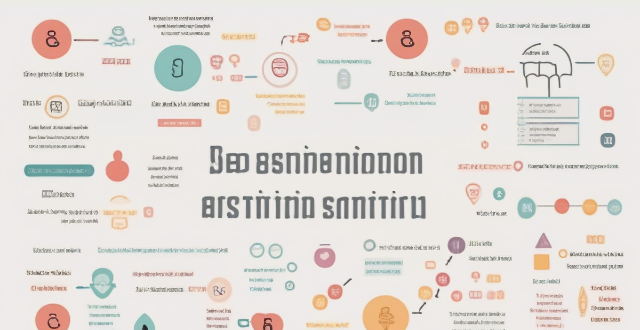
How can I develop a habit of lifelong learning ?
Lifelong learning is crucial for staying relevant and competitive. To develop this habit, set clear goals, create a learning plan, make learning part of your daily routine, embrace challenges, stay curious, connect with others, reflect on your journey, and continuously update your skills.

What are the best online learning resources for beginners ?
The text provides a list of online learning resources for beginners, including Khan Academy, Coursera, edX, Udemy, Codecademy, Duolingo, Skillshare, and LinkedIn Learning. Each resource offers courses in various subjects, from computer science to language learning, and many are free or have affordable options available.

How can employers encourage and support lifelong learning among employees ?
Employers can support lifelong learning by offering resources, encouraging participation in training programs, providing opportunities for career development, and creating a collaborative learning environment.

Are there any good online learning resources for language learning ?
Good online learning resources for language learning include Duolingo, Memrise, Rosetta Stone, Babbel, and Busuu. Each platform has its unique features and strengths, such as interactive lessons, memory techniques, immersive experiences, conversational focus, and community support. These resources can help learners achieve fluency in their target language by providing engaging and effective ways to learn vocabulary, grammar, pronunciation, and cultural insights.
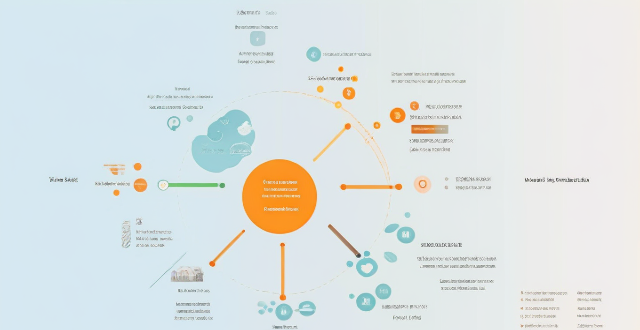
In what areas of my life should I focus when doing a self-assessment ?
When conducting a self-assessment, consider areas like personal development (goals, skills), professional growth (career objectives, performance), health and wellness (physical and mental health), and relationships (interpersonal, social networks). Use this information to create actionable plans and set realistic goals for improvement.

What are the key elements of educational game development ?
Educational game development involves defining learning objectives, understanding the target audience, designing engaging game mechanics and visuals, developing relevant content, implementing assessment and feedback mechanisms, conducting iterative testing, and collaborating with experts in the field. By addressing these key elements, developers can create effective educational games that support learning outcomes and enhance the overall player experience.
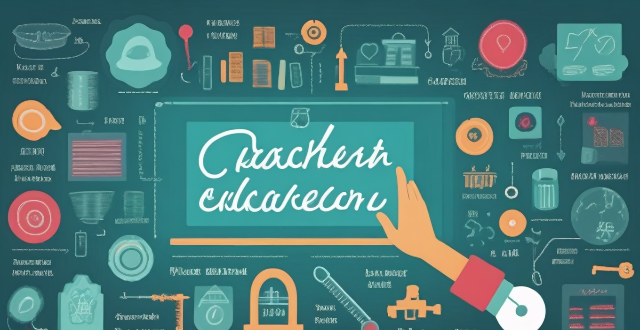
What are the key components of effective teacher training programs ?
Effective teacher training programs equip educators with skills, knowledge, and attitudes for success. Key components include educational theory, practical application, reflective practice, technology integration, cultural competency, continuous professional development, assessment and evaluation, leadership skills, legal and ethical considerations, and personalized learning approaches. These elements aim to produce well-rounded educators capable of fostering a rich learning environment for all students.
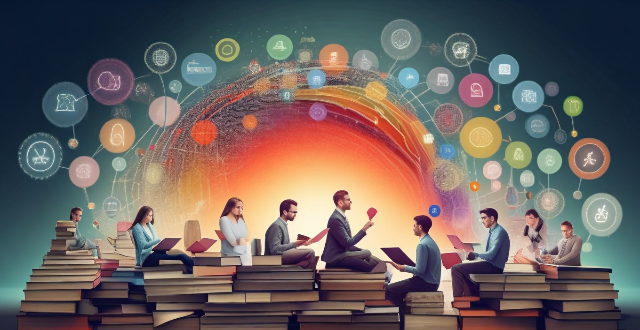
What is lifelong learning and why is it important ?
Lifelong learning is the continuous process of acquiring new knowledge, skills, and attitudes throughout one's life. It is important for personal development, professional growth, social contribution, economic benefits, health and well-being, and global citizenship. To embrace lifelong learning, individuals can set learning goals, create a learning plan, seek out opportunities, stay curious, reflect on their learning, and share their knowledge with others.
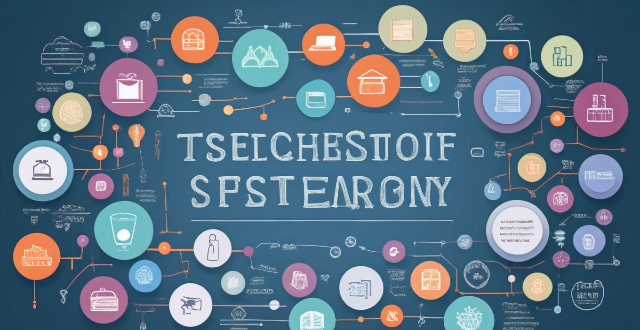
What role does technology play in modern education systems ?
The text discusses the role of technology in modern education systems, highlighting its ability to enhance accessibility, personalize learning experiences, improve collaboration and communication, refine assessment methods, and facilitate lifelong learning. It also acknowledges potential challenges such as the digital divide, overreliance on technology, and data privacy concerns. The conclusion emphasizes that while technology offers numerous opportunities for education enhancement, it should be integrated thoughtfully to avoid potential pitfalls.